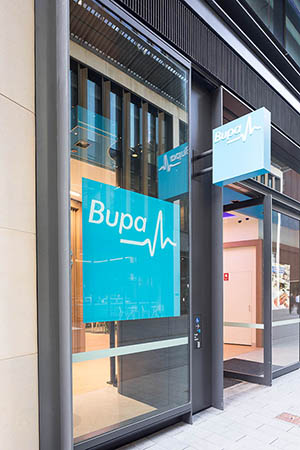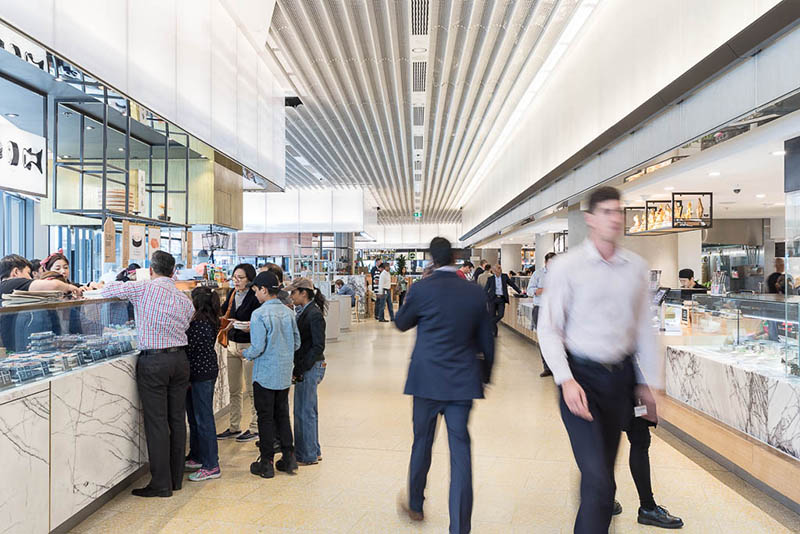Guidance on premises
Continuous accessible path of travel

The Premises Standards apply to work in stores approved after 1 May 2011. The standards apply to any new part of a building but also the main pedestrian entrance to the building and the path of travel to and around the store.*Disability (Access to Premises — Buildings) Standards 2010, Federal Register of Legislative Instruments
The rationale for having a continuous accessible path of travel from the main entrance is to allow people with disability to access goods and services in the same way as people without disability. The customer experience starts with arriving at the shopping centre and travelling to the store.
Design focus
The basic rules for accessible paths of travel are well documented in the Australian Standards:
- Cannot have a step, stairway, turnstile, revolving door, escalator, moving walkway or other impediment along the path of travel with no alternative way of getting in.
- Nothing you could bump into when travelling to or through a store at a height of up to 2000mm or 1980mm at doorways (imagine that you are using a cane to navigate and can't see a head high obstacle).
- The minimum unobstructed width of the pathway is 1000mm (except where otherwise specified like doorways).
- Turning space required for a 180-degree turn is 2070mm in the direction of travel and 1540mm wide and 1500mm by 1500mm at a 90 degree turn.
- Pathways have spaces 1800mm wide which allow two wheelchairs to pass at the same time.
- 75mm solid, non-transparent, contrasting strip across glass entrances and other fully glazed areas that could be mistaken for a door, including auto-doors.
- Manual doors should be easy to open.
- Smooth, slip resistant surfaces with a very low tolerance for uneven surfaces.
- Ensure that a path of travel doesn't lead to a dead-end which requires people to ‘reverse’ more than 2 metres unless a turning space is provided.
- No grates with gaps larger than 13mm wide and oriented in a way that wheelchair wheels don't fall into them.

Additional considerations for more dignified access
- Additional spaces for turning and passing
- 1200mm wide pathway is the better practice and, depending on traffic levels, even wider to accommodate people using prams, mobility scooters and larger electric wheelchairs.
- Turning space for full 360-degree turn could be increased to 2450mm by 2450mm.





